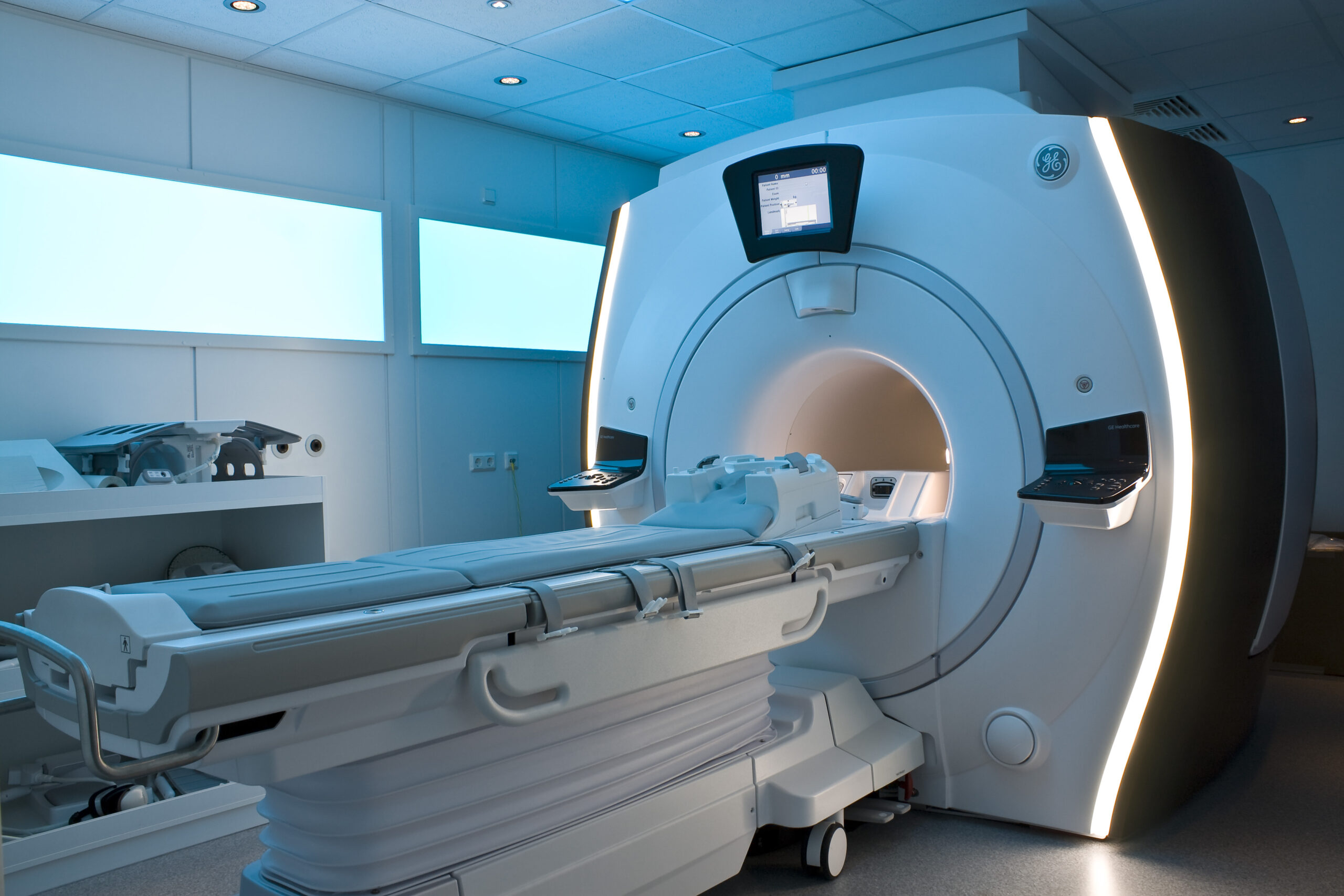Magnetic Resonance Imaging (MRI) has revolutionized the field of medical diagnostics, providing an unparalleled view of the human body without the need for invasive procedures. However, the efficacy of MRI is not solely contingent upon the strength of its magnetic field. An often underappreciated yet crucial component of enhanced image quality lies in a process known as MRI shimming. This discourse seeks to unravel the complexities of MRI shimming, probing into its mechanics, applications, and significance in modern diagnostic imaging.
To embark on an exploration of MRI shimming, it is imperative to first grasp the fundamentals of the MRI technology itself. MRI operates on the principles of nuclear magnetic resonance (NMR), where hydrogen nuclei in the body’s water molecules respond to a strong magnetic field. These nuclei, upon being excited by radio frequency pulses, emit signals that are captured and translated into detailed images. However, to achieve the highest resolution possible, the magnetic field must be homogenous, meaning that it should exhibit the same strength at every point within the scanner.
In an ideal scenario, the magnetic field would be perfectly uniform; however, real-world conditions are far less than ideal. Variability within the magnetic field can arise from myriad sources, including the physical structure of the MRI machine, the patient’s anatomy, and even the presence of ferromagnetic materials nearby. These inconsistencies lead to “field inhomogeneities,” which can result in image artifacts, diminished contrast, and misinterpretation of results. This is where MRI shimming comes into play.
MRI shimming refers to a series of techniques designed to enhance the uniformity of the magnetic field within the scanner. The goal of shimming is to correct magnetic field variations, thereby facilitating a more precise representation of anatomical structures. The shimming process can take place in two principal phases: passive shimming and active shimming. Understanding these variants is critical to appreciating the intricate nature of shimming.
Passive shimming involves the strategic placement of ferromagnetic materials within the MRI bore. These materials are chosen based on their magnetic properties and are calibrated to counteract the inhomogeneities present in the magnetic field. For example, altering the configuration of these materials can help achieve a better field homogeneity by inducing magnetic distortions that neutralize the irregularities. However, while passive shimming can improve field uniformity, its effects may not be as robust or adjustable as those attained through active shimming.
In contrast, active shimming utilizes electromagnetic coils that dynamically adjust the magnetic field within the scanner. This method involves the precise modulation of currents flowing through these coils, enabling real-time correction of the magnetic field. By generating supplementary magnetic fields that oppose the existing inhomogeneities, these coils actively work to equalize the magnetic force exerted throughout the imaging volume. As a result, active shimming offers a more versatile and fine-tuned approach to achieving field homogeneity.
Ultimately, the implications of effective MRI shimming extend beyond mere image enhancement. The precision afforded by shimming not only elevates the quality of images but also paves the way for novel diagnostic capabilities. Enhanced image resolution opens avenues for the identification of subtle pathologies that may have otherwise gone unnoticed. This capability encourages radiologists and physicians to engage more comprehensively with their patients’ health conditions, employing an increasingly data-driven approach to treatment decisions.
Moreover, achieving optimal shimming can reduce scan times, further contributing to patient comfort. Longer examinations can lead to patient fatigue and discomfort, potentially leading to motion artifacts that degrade image quality. By enhancing the efficacy of MRI shimming, healthcare professionals can streamline the scanning process while maintaining diagnostic accuracy.
Despite its benefits, MRI shimming is not devoid of challenges. For instance, the calibration of shimming parameters necessitates advanced expertise and a nuanced understanding of electromagnetic theory. Clinicians must also be cognizant of how varying patient physiologies can affect shimming outcomes, as anatomical differences may introduce new complexities that demand careful consideration during each imaging session.
The evolution of MRI technology brings forth exciting prospects for the future of shimming methods. Cutting-edge research continues to delve into innovative algorithms and machine learning techniques aimed at optimizing active shimming protocols. The integration of artificial intelligence could ultimately revolutionize the custom tailoring of shimming processes, resulting in unprecedented levels of precision in MRI diagnostics.
In conclusion, MRI shimming is an intricate and essential facet that enhances the accuracy and efficacy of magnetic resonance imaging. As we continue to uncover the multifaceted nature of MRI shimming, the promise of improved diagnostic capabilities and patient outcomes becomes increasingly evident. This sophisticated interplay between technology and clinical practice underscores the importance of ongoing research and development in the field of medical imaging. Embracing the complexities of MRI shimming invites a shift in perspective, urging healthcare professionals to recognize not only the capabilities of MRI scanners but also the transformative potential of meticulously refined magnetic fields. Ultimately, it is this commingling of science and innovation that holds the key to unlocking the full potential of diagnostic imaging in modern medicine.












